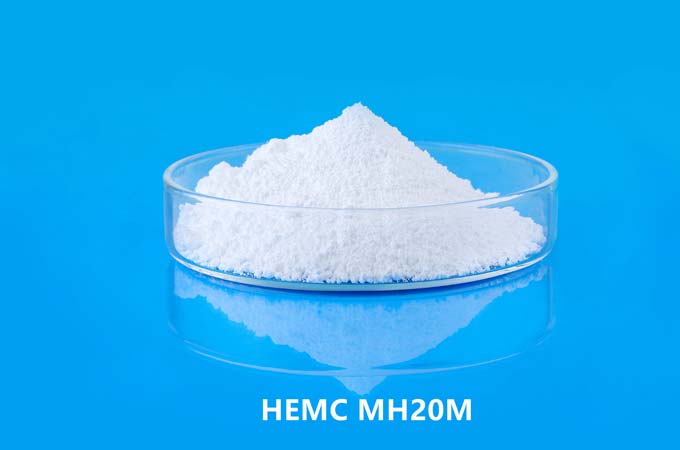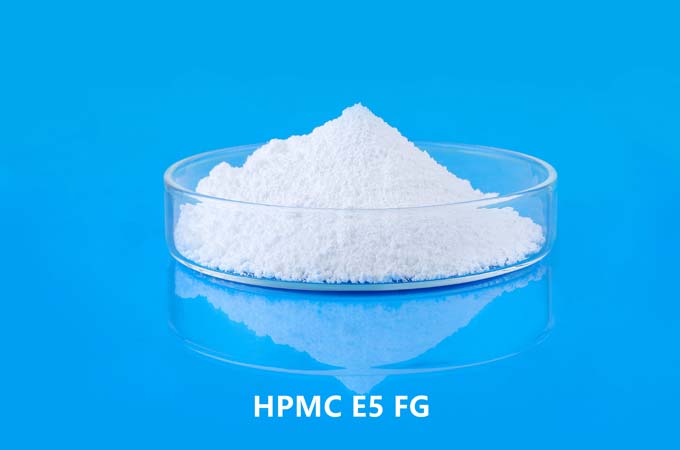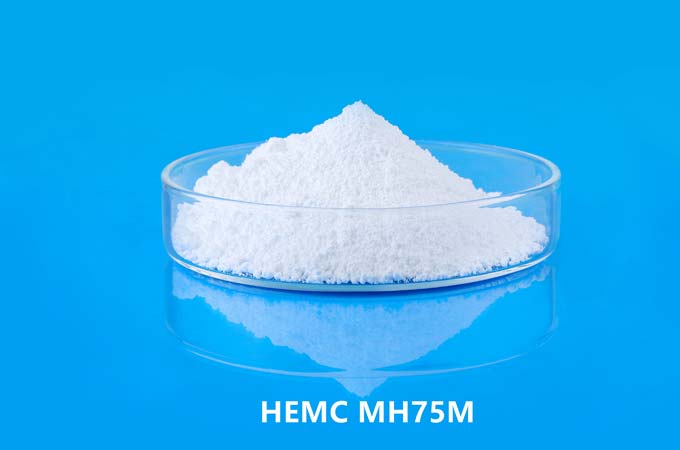HPMC (hydroxypropyl methylcellulose) and MHEC (methyl hydroxyethyl cellulose) are two water-soluble cellulose ethers widely used in the fields of construction, medicine, food and chemical industry. Although they are both non-ionic cellulose ethers with good thickening, water retention, film-forming and bonding properties, there are certain differences in molecular structure, physical and chemical properties and application characteristics.
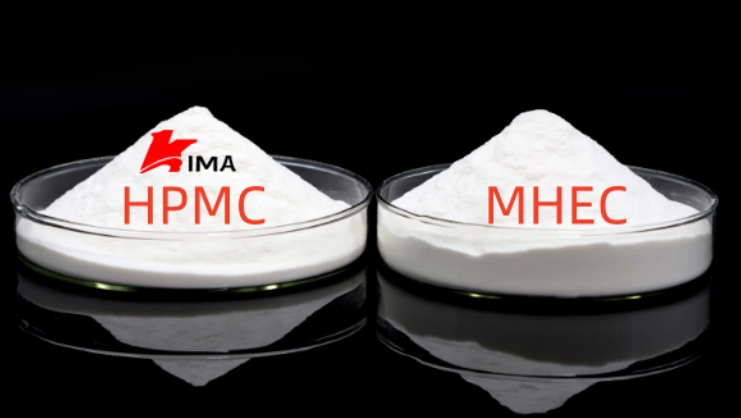
1. Differences in molecular structure
HPMC and MHEC are both obtained by etherification modification of natural cellulose, and their main chain structure is a polymer of β-D-glucose. The difference mainly lies in the difference in side chain substituents:
HPMC (Hydroxypropyl Methyl Cellulose): Two substituents, methyl (–CH₃) and hydroxypropyl (–CH₂CHOHCH₃), are introduced into its molecular structure.
MHEC (Methyl Hydroxyethyl Cellulose): Methyl (–CH₃) and hydroxyethyl (–CH₂CH₂OH) are the main substituents in its structure.
Although both contain methyl groups, which give them a certain degree of hydrophobicity, the different chemical properties of hydroxypropyl and hydroxyethyl groups result in differences in solubility, water retention, thermal stability, etc.
2. Comparison of physical and chemical properties
2.1.Water solubility and dissolution behavior
HPMC has good cold water solubility, and will show strong surface activity when dissolved, forming a transparent viscous solution. Its solution is stable in a wide pH range (3–11).
MHEC can also be soluble in cold water, but its dissolution rate is slightly slower than that of HPMC, and its transparency is slightly lower, mainly because the hydrophilicity of hydroxyethyl is slightly stronger, and the network structure formed is more complex.
2.2.Thermogel properties
HPMC has obvious thermogel properties. After heating to a certain temperature, its aqueous solution will form an insoluble gel, which is due to the aggregation of hydrophobic groups under heat induction to form a three-dimensional network.
MHEC's thermogel properties are not as significant as HPMC, and its gel point temperature is higher or not obvious, which makes it slightly more stable in some high-temperature application scenarios.
2.3.Water retention and thickening properties
Due to the presence of hydroxypropyl, the spatial structure formed between HPMC molecules is looser and has stronger water retention, especially in dry environment or high temperature conditions.
MHEC has a slightly better hydration performance than HPMC due to its strong hydrophilicity of hydroxyethyl, and shows a more uniform water distribution in some applications, but its water retention is slightly lower at high temperature.
2.4.pH stability
Both are relatively stable between pH values 3-11, will not degrade, and are suitable for a variety of system environments.
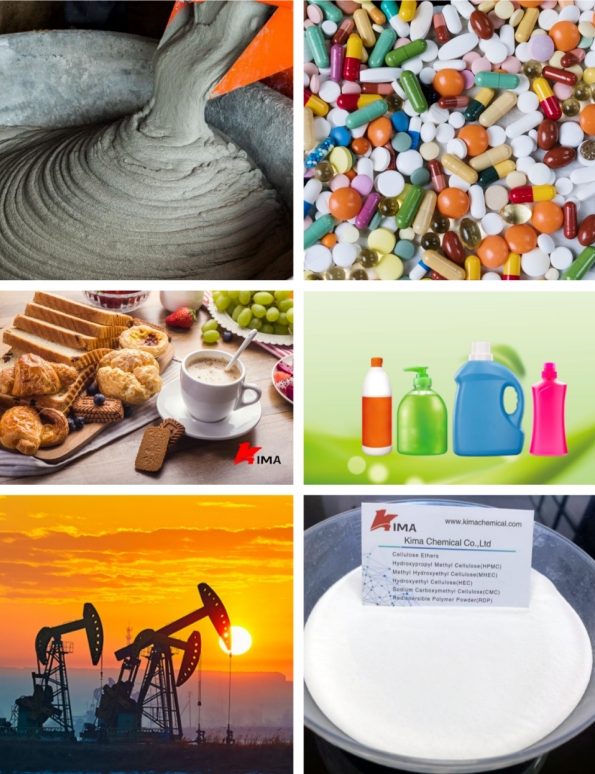
3. Application differences and applicable fields
3.1.Construction industry
HPMC is widely used in tile adhesives, wall putties, thermal insulation mortars, self-leveling and other products. Its excellent water retention and construction properties make it more widely used in dry-mixed mortars.
MHEC is also suitable for the construction field, especially in plastering gypsum, coatings and fireproof materials. Its good thickening and dispersibility make it a preferred material.
3.2.Paint industry
HPMC shows excellent leveling and brushing control in water-based coatings, especially suitable for medium and high-end latex paints.
MHEC performs better in some coating systems that require a higher construction open time. At the same time, the lubricity brought by its hydroxyethyl group can improve the construction feel of the coating.
3.3.Pharmaceutical and food industries
HPMC is often used as a tablet adhesive, sustained-release agent or coating material in medicine, and has good biocompatibility.
Due to the presence of hydroxyethyl, MHEC has better hydration properties and is also commonly used in daily chemicals such as toothpaste and food thickeners.
3.4.Environmental protection and adhesive fields
The thermal gelation performance of HPMC is conducive to the encapsulation and release of certain temperature-sensitive materials.
MHEC is often used in adhesives for products that require lower gel temperature and higher wettability.
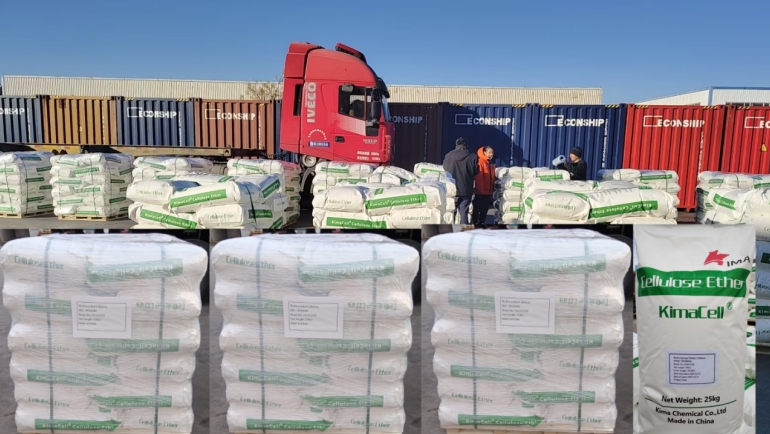
4. Selection recommendations
When choosing HPMC or MHEC, comprehensive considerations should be made based on specific application requirements:
If high-temperature water retention and thermal gelation performance are important, HPMC is recommended;
If higher requirements are placed on lubricity, hydration speed, and environmental protection, MHEC is more suitable;
In terms of construction performance, the two are not much different, but HPMC is more widely used in tile adhesives and putty powders.
HPMC and MHEC are nonionic cellulose ethers with excellent performance. Their basic structures are similar, but their physical and chemical properties are different due to different substituents. These differences are reflected in solubility, thermal gelation, water retention, construction performance and specific application scenarios. Understanding the difference between the two is of great significance for optimizing formula design and improving product performance. When choosing, a comprehensive judgment should be made based on factors such as product performance requirements, environmental conditions and costs to achieve the best application effect.
 English
English 日本語
日本語 français
français Deutsch
Deutsch Español
Español italiano
italiano русский
русский português
português العربية
العربية Türkçe
Türkçe Nederland
Nederland



